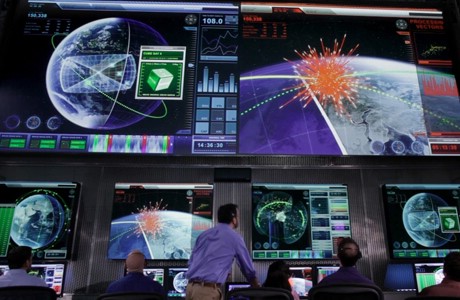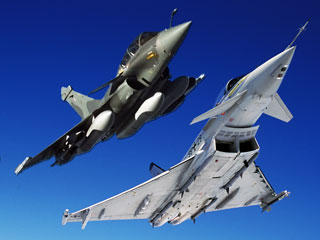
A Lockheed Martin photo
KWAJALEIN ATOLL, MARSHALL ISLANDS (BNS): Lockheed Martin has started construction of the S-band ground-based radar system designed to replace the 1960s Air Force Space Surveillance System.
Thw radar system will improve the way objects are tracked in orbit and increase the ability to predict and prevent space-based collisions, the Company said.
In a special February ceremony on Kwajalein Atoll in the Pacific Ocean - more than 2,100 nautical miles southwest of Honolulu - the US Air Force and Lockheed Martin broke ground at the future six-acre site of the new Space Fence radar system.
"The number of small satellites and satellite operators around the world is skyrocketing, rapidly crowding an environment already congested by the more than 17,000 pieces of space debris that we are able to track today," said Steve Bruce, vice president for Advanced Systems at Lockheed Martin's Mission Systems and Training business.
"By comparison, when it comes online in 2018, Space Fence will enable the Air Force to locate and track hundreds of thousands of objects orbiting Earth with more precision than ever before to help reduce the potential for collisions with our critical space-based infrastructure."
In addition to the radar arrays, the Kwajalein installation will include an on-site operations centre and an annex to the current island power plant that will ensure the Space Fence system has everything necessary to provide continuous space situational awareness.
Lockheed Martin won the $915 million contract in June of 2014 to engineer, manufacture and deploy the Space Fence radar system. The total contract value is estimated at greater than $1.5 billion over an eight-year period of performance if all options are exercised.
The Lockheed Martin-led team includes AMEC Foster Wheeler and General Dynamics SATCOM Technologies.
 Previous Article
Previous Article Next Article
Next Article













The Indian Air Force, in its flight trials evaluation report submitted before the Defence Ministry l..
view articleAn insight into the Medium Multi-Role Combat Aircraft competition...
view articleSky enthusiasts can now spot the International Space Station (ISS) commanded by Indian-American astr..
view article